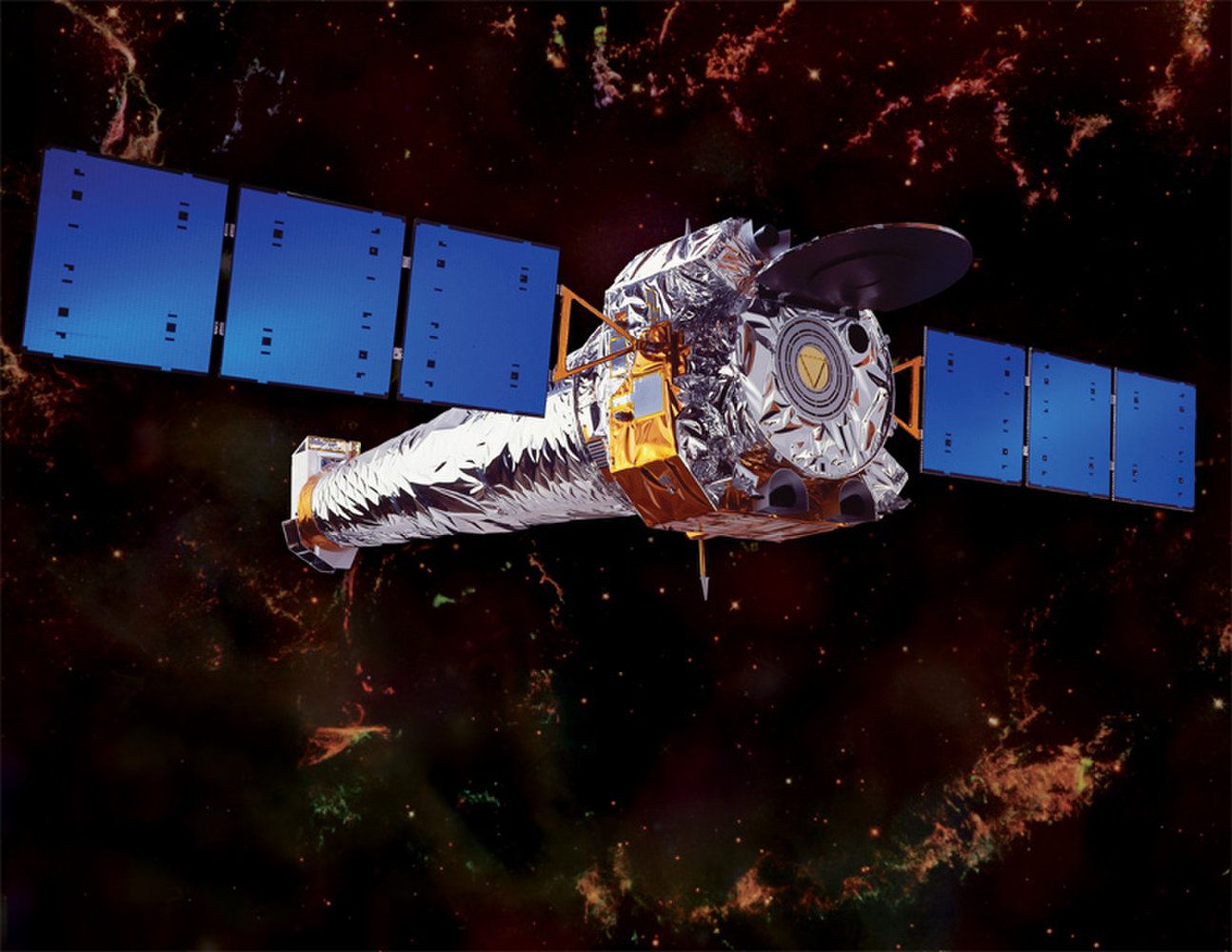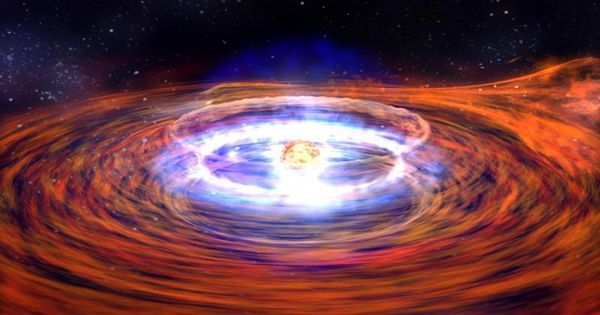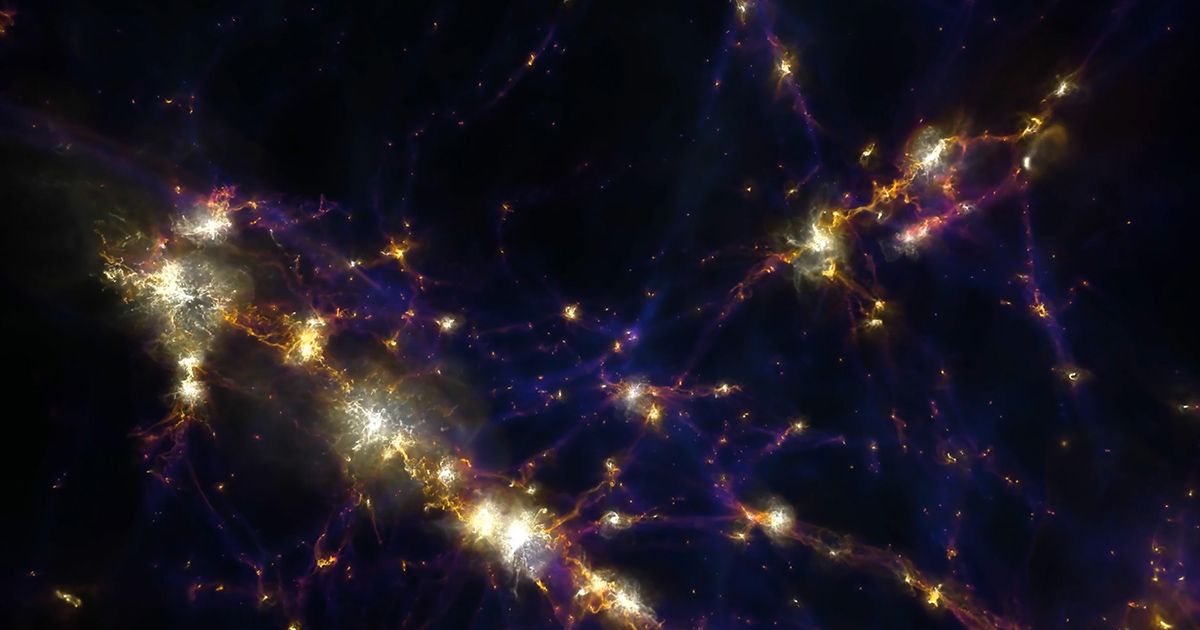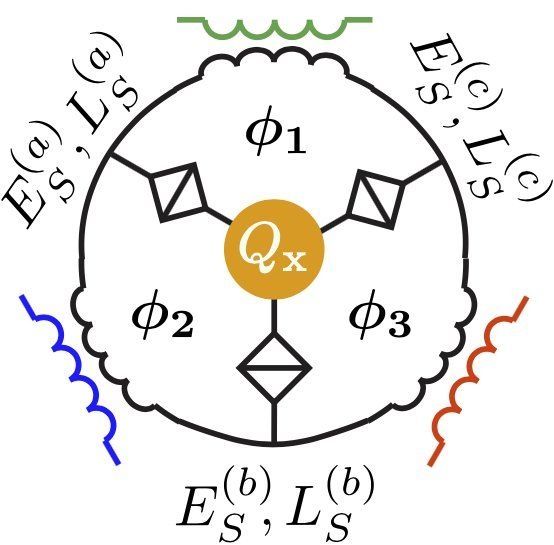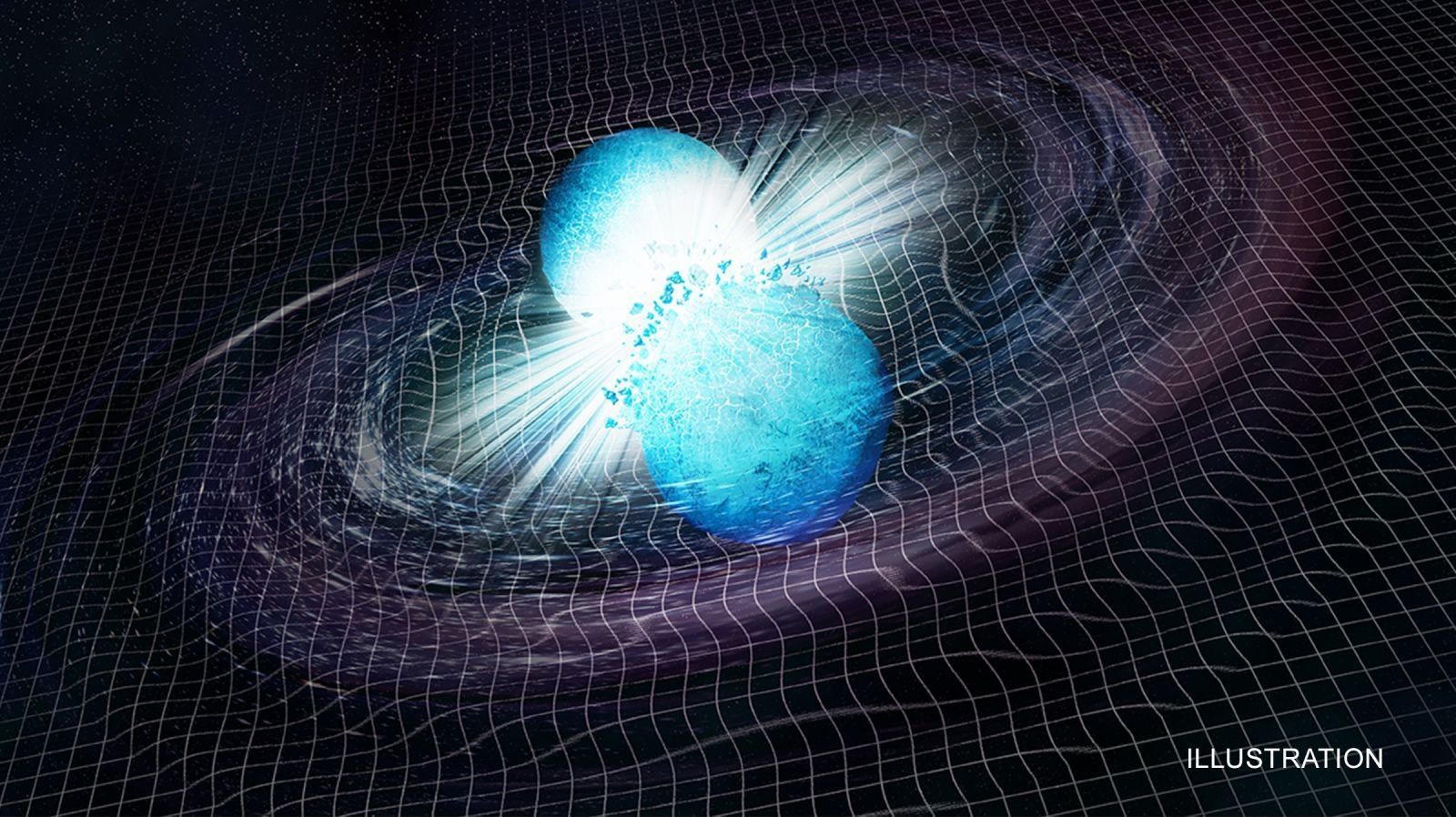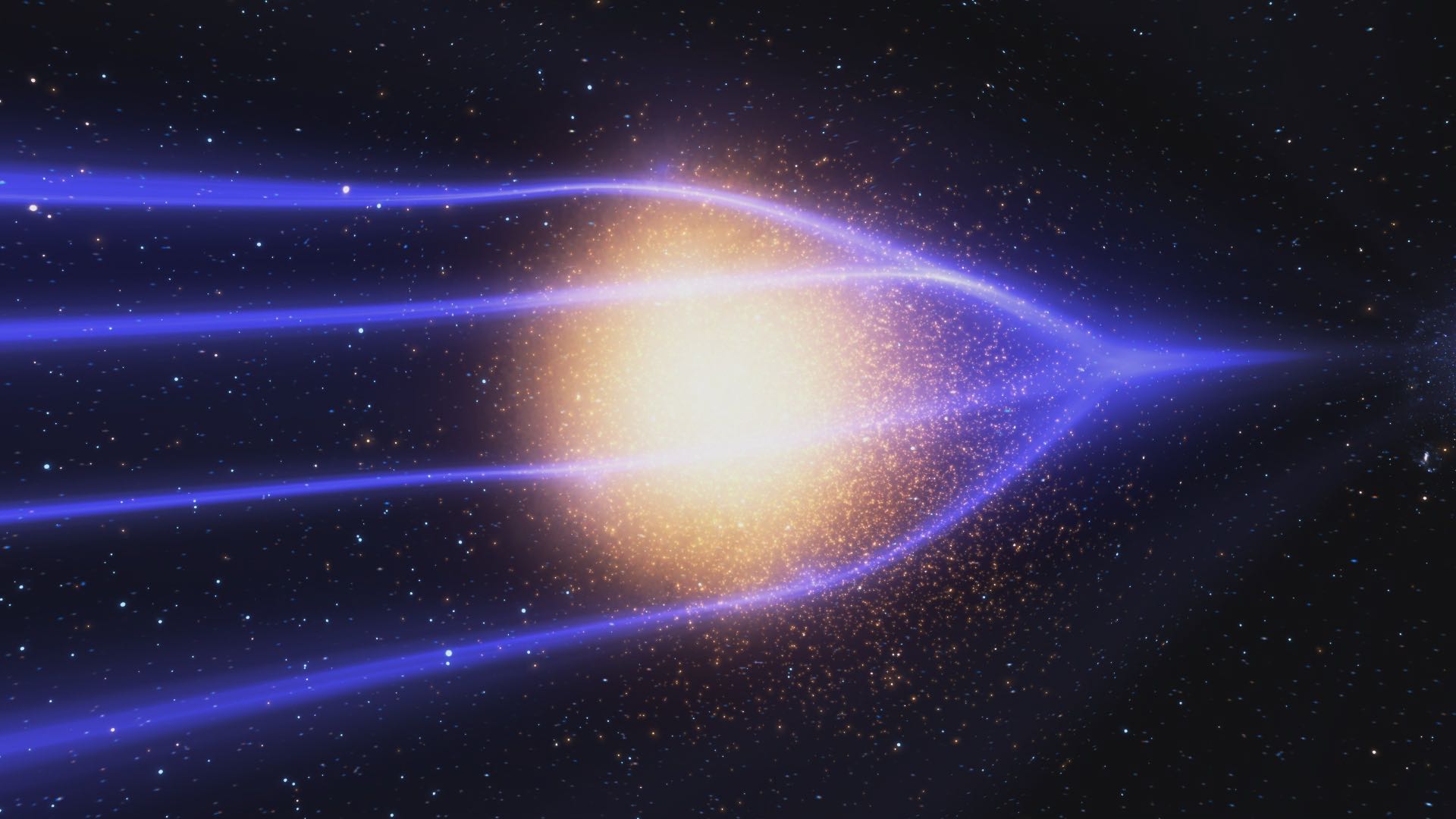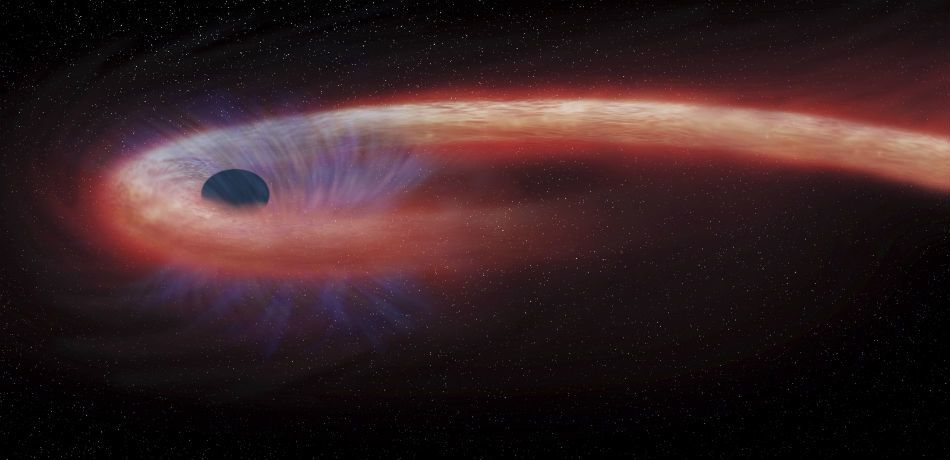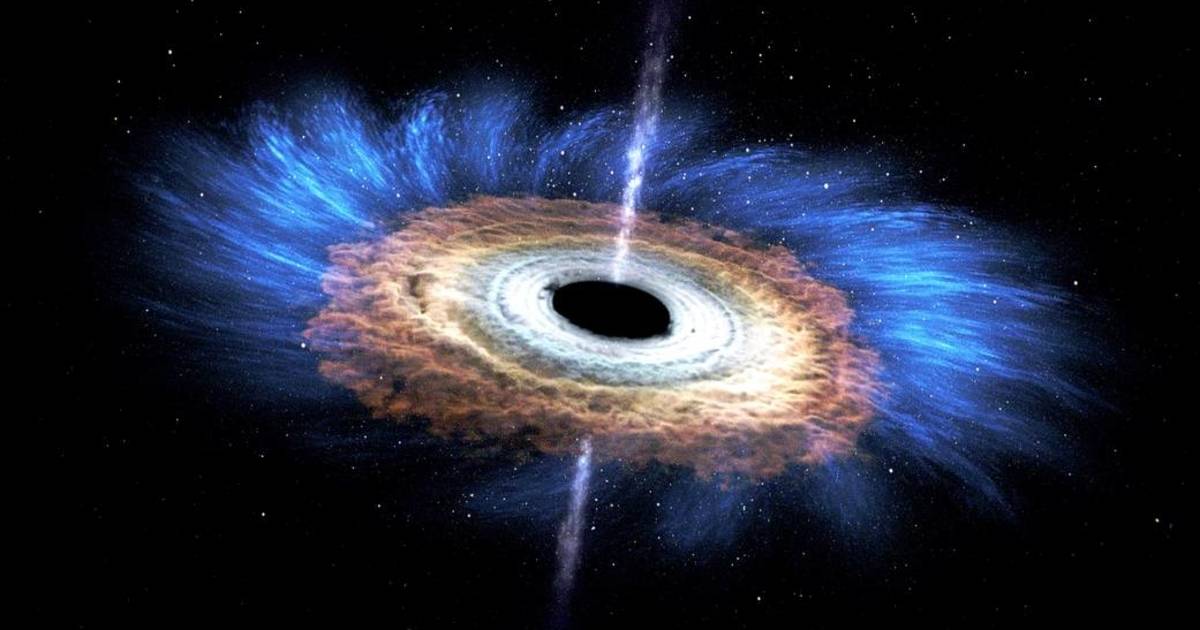The Chandra X-Ray Observatory is a NASA telescope that looks at black holes, quasars, supernovas, and the like – all sources of high energy in the universe. It shows a side of the cosmos that is invisible to the human eye.
After more than a decade in service, the observatory has helped scientists glimpse the universe in action. It has watched galaxies collide, observed a black hole with cosmic hurricane winds, and glimpsed a supernova turning itself inside out after an explosion.
The telescope – billed as one of NASA’s Great Observatories along with the Hubble Space Telescope, Spitzer Space Telescope and the Compton Gamma Ray Observatory – has been a public relations tool for the agency, as well. Its pictures are frequently used by NASA in press releases.
